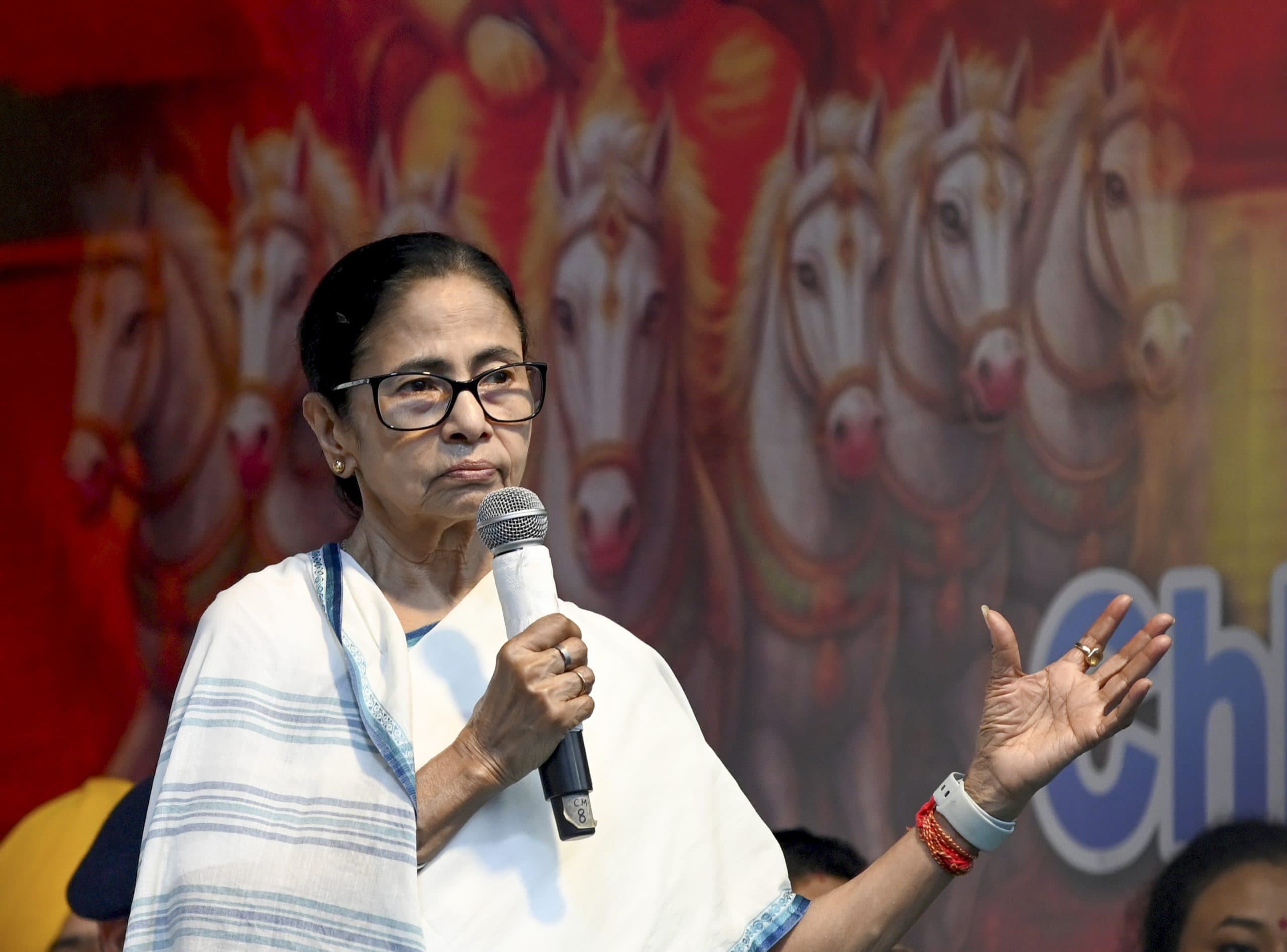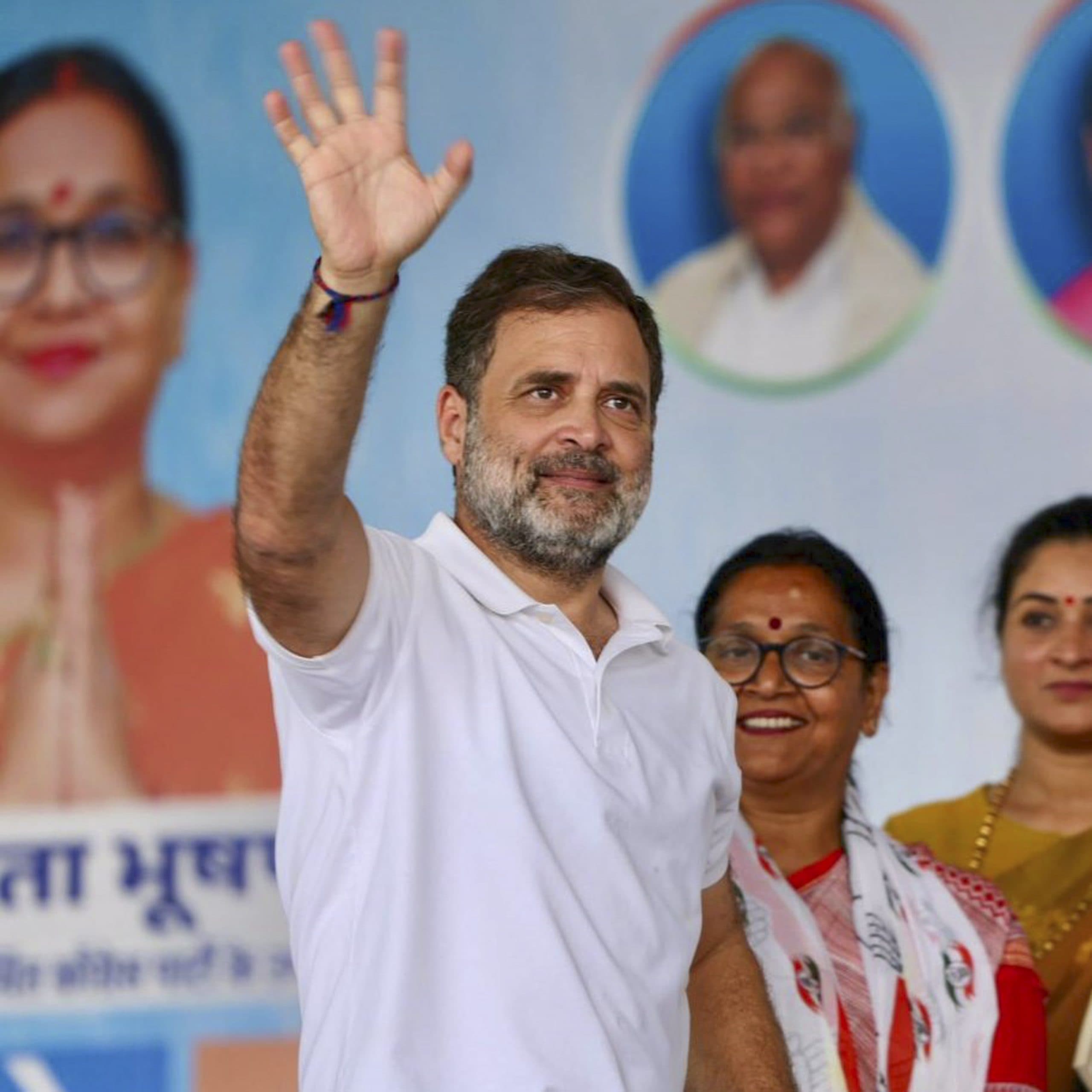On June 6, 2025, Prime Minister Narendra Modi inaugurated the Chenab Rail Bridge, the world’s highest railway arch bridge, in Reasi district, Jammu and Kashmir, as part of the Udhampur-Srinagar-Baramulla Rail Link (USBRL) project. This 1,315-meter-long engineering marvel, soaring 359 meters above the Chenab River, connects the Kashmir Valley to the rest of India via an all-weather rail network, slashing travel time between Katra and Srinagar to approximately three hours. Constructed over two decades at a cost of ₹1,486 crore, the bridge overcomes extreme Himalayan terrain, seismic challenges, and legal hurdles to fulfill a decades-long vision of seamless rail connectivity.
In This Article:
The Engineering Marvel of Chenab Bridge
The Chenab Bridge, taller than the Eiffel Tower by 35 meters, is a testament to India’s engineering prowess. Designed to withstand earthquakes in Seismic Zone 5, winds up to 260 km/h, and temperatures from -20°F to 113°F, the bridge features a 467-meter central arch and blast-resistant steel and concrete construction.
Built by Afcons Infrastructure, VSL India, and South Korea’s Ultra Construction & Engineering, it forms a critical segment of the 272-km USBRL, which includes 36 tunnels and 943 bridges, including India’s first cable-stayed rail bridge at Anji Khad. The project, first proposed in the 1970s and sanctioned in 1994, faced significant challenges, including rugged terrain where materials were initially transported by mules and horses, and legal battles that slowed progress for years.
Impact on Kashmir’s Connectivity
The Chenab Bridge has dramatically enhanced Kashmir’s integration with India’s rail network, realizing the vision of connecting “Kashmir to Kanyakumari.” The Vande Bharat Express, flagged off on June 6, 2025, reduces travel time between Katra and Srinagar by two to three hours, offering all-weather connectivity that bypasses the region’s harsh winters and road disruptions. This rail link connects remote areas to the national network, enabling direct travel from Srinagar to major cities like Delhi, fostering socio-economic integration. Jammu and Kashmir Chief Minister Omar Abdullah, who was in Class 8 when the project’s foundation was laid in 1983, called it a “landmark day” for the region.
Economic and Tourism Boost
The bridge is a game-changer for Kashmir’s economy, particularly its fruit industry, which accounts for 8% of the union territory’s GDP. Faster and reliable transport via the USBRL facilitates the movement of goods, such as apples, to markets across India, boosting trade. Tourism is also expected to surge, with the bridge itself becoming a tourist attraction due to its stunning architecture. Passengers on Vande Bharat trains are already capturing photographs, with pilots making special announcements about the bridge. Local businesses and communities anticipate increased footfall, with the rail link opening new avenues for growth and employment.
Strategic and Symbolic Significance
Beyond economics, the Chenab Bridge holds strategic importance. Located in a region prone to cross-border insurgency, it enhances India’s ability to deploy military resources swiftly, strengthening national security. The bridge also counters regional infrastructure developments like the China-Pakistan Economic Corridor (CPEC), signaling India’s growing infrastructure capabilities. Politically, it symbolizes national unity, with PM Modi emphasizing its role in connecting hearts and landscapes. Despite a recent terror attack in Pahalgam, Modi vowed that such acts would not derail Kashmir’s development, reinforcing the bridge’s role as a beacon of resilience.
The Chenab Bridge has indeed brought Kashmir closer to the rest of India, both physically and symbolically. By providing reliable, all-weather rail connectivity, it transforms trade, tourism, and strategic capabilities while fostering national integration. As Vande Bharat trains cross this architectural marvel, they carry the promise of a more connected and prosperous Jammu and Kashmir, fulfilling a 50-year dream that even the British couldn’t achieve.
-By Manoj H




